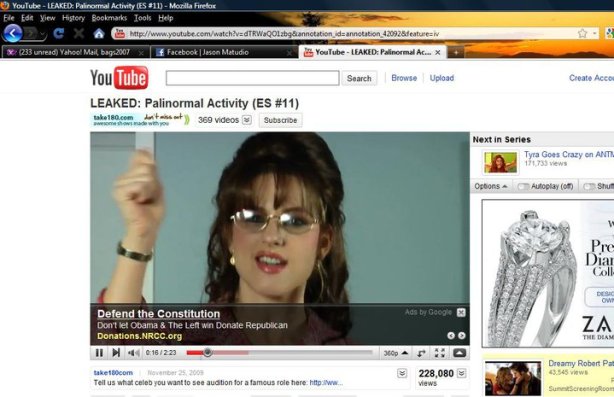I decided to tag along with F3’s sales team to NextBigNashville a couple of weeks ago. Paul Campbell, Stephanie Miller, and I busily attended conferences addressing the problems that independent artists — and even signed artists — are still having in distributing their creative works and profiting from them.

Performance at the famous Bluebird Cafe!
The Nashville scene is very unpretentious when compared to other music scenes I’ve been exposed to. I must admit to being more tuned in to the rock-music industry, but Nashville was a very comfortable place for me, probably because I play guitar and keyboards, and even played professionally for several years in the ’80s. (Look as hard as you want, you won’t find any pictures of me, my clothes, or my hair at the time; thankfully, the internet as we know it was not yet invented , and cameras still had film.)
As I settled in to the conference great room where everyone could meet, relax, eat lunch and socialize, I set out apart from Paul and Stephanie and plopped down at a table with what I thought was a BIG country star, trimmed ShoLo hair, boots, crisp jeans, he had the Country Star look for sure. Others were at the table, too, but I “knew” this was the right guy.
I sat down and introduced myself, which prompted the others at the table to begin introducing themselves; the guy I thought was the BIG country star was actually a BIG Nashville attorney who represents all your favorite country stars; however, the guy to my right, who looked like my last waiter at Chili’s, turned out to be the songwriter Chas Sandford. Admittedly, I had no idea who I was speaking with, but I am a musician and genuinely respect and admire all fellow artists.

Chas Sandford (courtsey of chassandford.com)
Remember, I told you country music wasn’t my strongest skill set? It turns out that Chas (yes, we’re on a first-name basis now) had not done so badly for himself. I later learned that as a hit songwriter and publisher, he won twelve ASCAP “Most Performed Songs” awards, including John Waite’s “Missing You,” Chicago’s “What Kind of Man Would I Be” and Stevie Nicks’ “Talk To Me.” His songs have also been recorded by Tina Turner, Rod Stewart, Melanie, Roger Daltrey, Berlin, Millie Jackson, Brooks & Dunn, Alison Krauss, Rick Springfield, Sammy Hagar, Jimmy Barnes, Don Johnson, David Wilcox, Tyler Hilton, Sheila B. Devotion and others.
So, I am now speaking with a couple of key people in the music industry – wouldn’t you agree? — and eating lunch (which F3 co-sponsored) with my new friends. The conversation with Chas and the big Nashville lawyer would be the first of many — with artists from ALL genres — lamenting over the same problem:
I own this entire library of my music, and I have no idea what to do with it, how to market it, or how to distribute it.

Ken Paulson, CEO, First Amendment Center; singer Caleb Folowill, Kings of Leon; Ken Levitan, producer and manager
I also attended several sessions of the conference that focused on the issues of digital distribution rights that face these artists and labels. I heard repeatedly that the record companies have not always kept up with the times: Some still do business like they did in the ’70s, and that can be cumbersome, time-consuming, and expensive. I believe this is one of the reasons why 40 percent of today’s musicians are independent (including some huge players such as Garth Brooks, Kiss, and Kings of Leon). Independent artists organized a conference on their own initiative to try to solve some of the digital-rights issues.
Now, here came my epiphany, after attending the panel discussions and meeting IP attorneys and managers and musicians from the genres of hip hop, rock, country, and alternative. I realized that…
FargoTube solves 95 percent of the digital rights, distribution, and royalties issues that conference attendees had been chewing over for the past two days!
Wow! I was really excited, and since I’ve played music most of my life (yes, even at church as a kid), I had finally grasped the magnitude of F3’s opportunity.
Dozens of musicians at the conference — and indeed the conference itself — were broadcasting the message “Nashville, we’ve had a problem.”
F3’s response: “Don’t worry, Nashville, FargoTube is the solution!”
Coming Soon: Look for my next entries as I explain why 99-cent Itoons (sic) has not been the answer to digital rights management, sales, distribution and marketing, give my report on F3’s top-notch sales-team, as well as introducing you to more of the artists and bands I have met and spoken with. Till then…
Steve Haag handles investor relations for F3 Technologies. He is principal at SmallCap Support Services in Houston. He can be reached at (832) 201-7913 and shaag@smallcapss.com.
A slideshow of Steve’s photos from NBN is below:This slideshow requires JavaScript.




